New VVC video format reduces file size by half when compared to the current H.265/HEVC
2 min. read
Published on
Read our disclosure page to find out how can you help MSPoweruser sustain the editorial team Read more
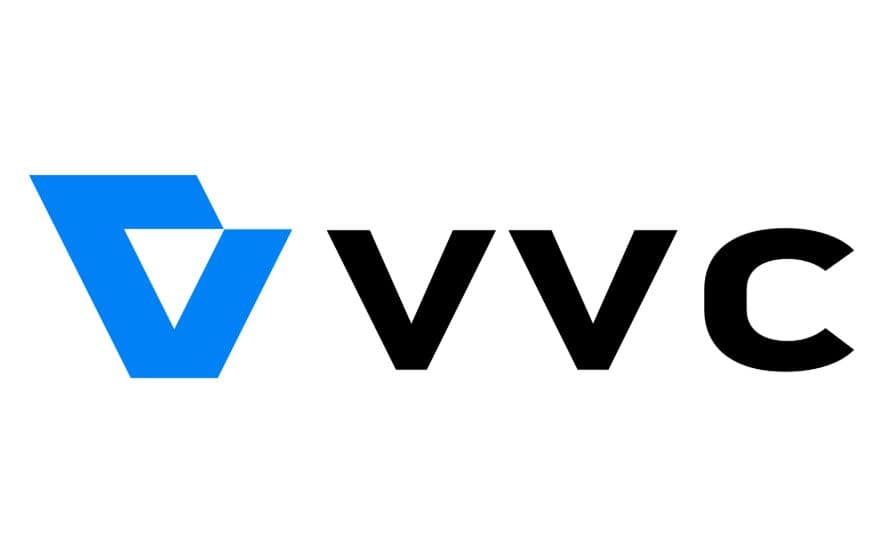
Fraunhofer HHI along with its partners including Apple, Ericsson, Intel, Huawei, Microsoft, Qualcomm, and Sony today announced the new H.266/Versatile Video Coding (VVC) video format. This new video format offers better compression without decreasing the visual quality. According to Fraunhofer, H.266/Versatile Video Coding (VVC) reduces data requirements by around 50% of the bit rate when compared to the current H.265/High Efficiency Video Coding (HEVC) standard.
The previous standard H.265/HEVC requires 10 gigabytes of data to transmit a 90-min UHD video. With this new technology, only 5 gigabytes of data are required to achieve the same quality.
“After dedicating almost three years toward this standard, we are proud to have been instrumental in developing H.266/VVC,” says Benjamin Bross, head of the Video Coding Systems group at Fraunhofer HHI and editor of the +500-page standard specification of H.266/VVC. “Because of the quantum leap in coding efficiency offered by H.266/VVC, the use of video will increase further worldwide. Moreover, the increased versatility of H.266/VVC makes its use more attractive for a broader range of applications related to the transmission and storage of video.”
This new H.266/ VVC video format will be available for companies under a uniform and transparent licensing model based on the FRAND principle. The first software (for both encoder and decoder) to support H.266/VVC will be released later this year.
Source: Fraunhofer

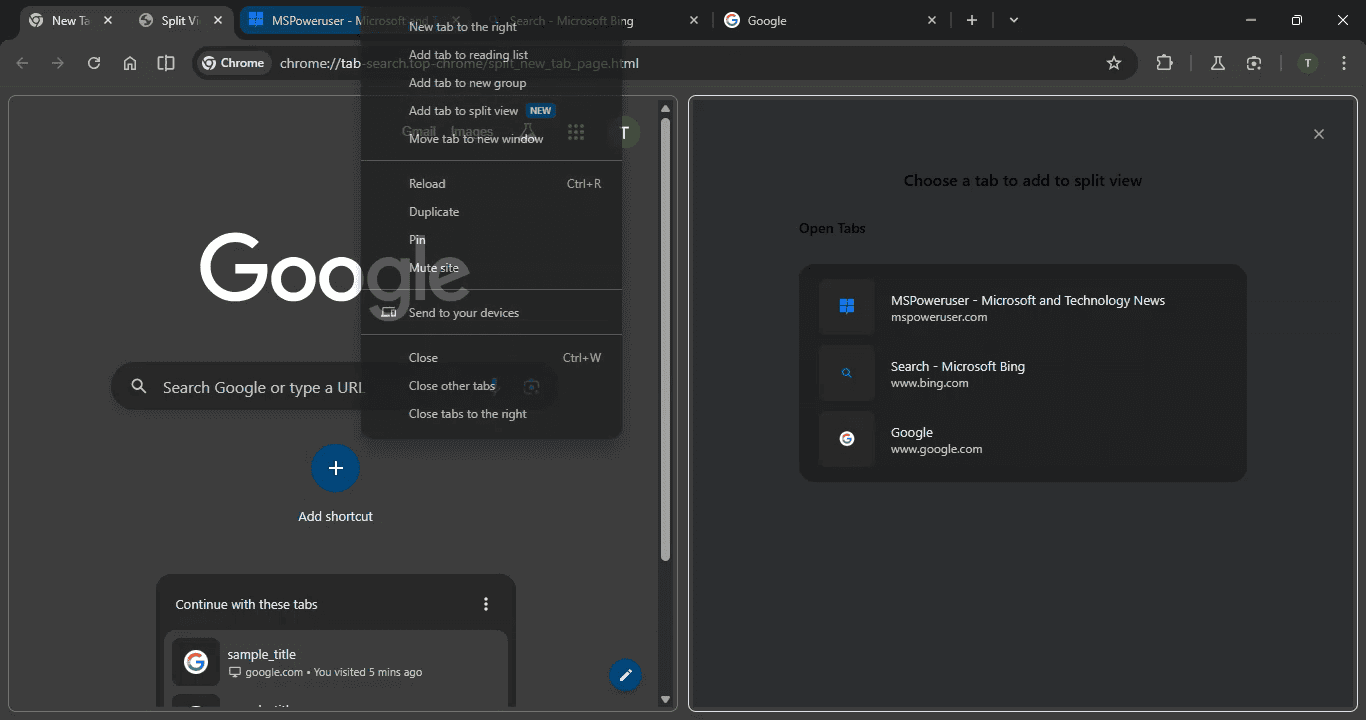
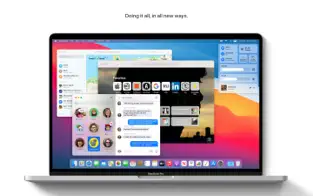
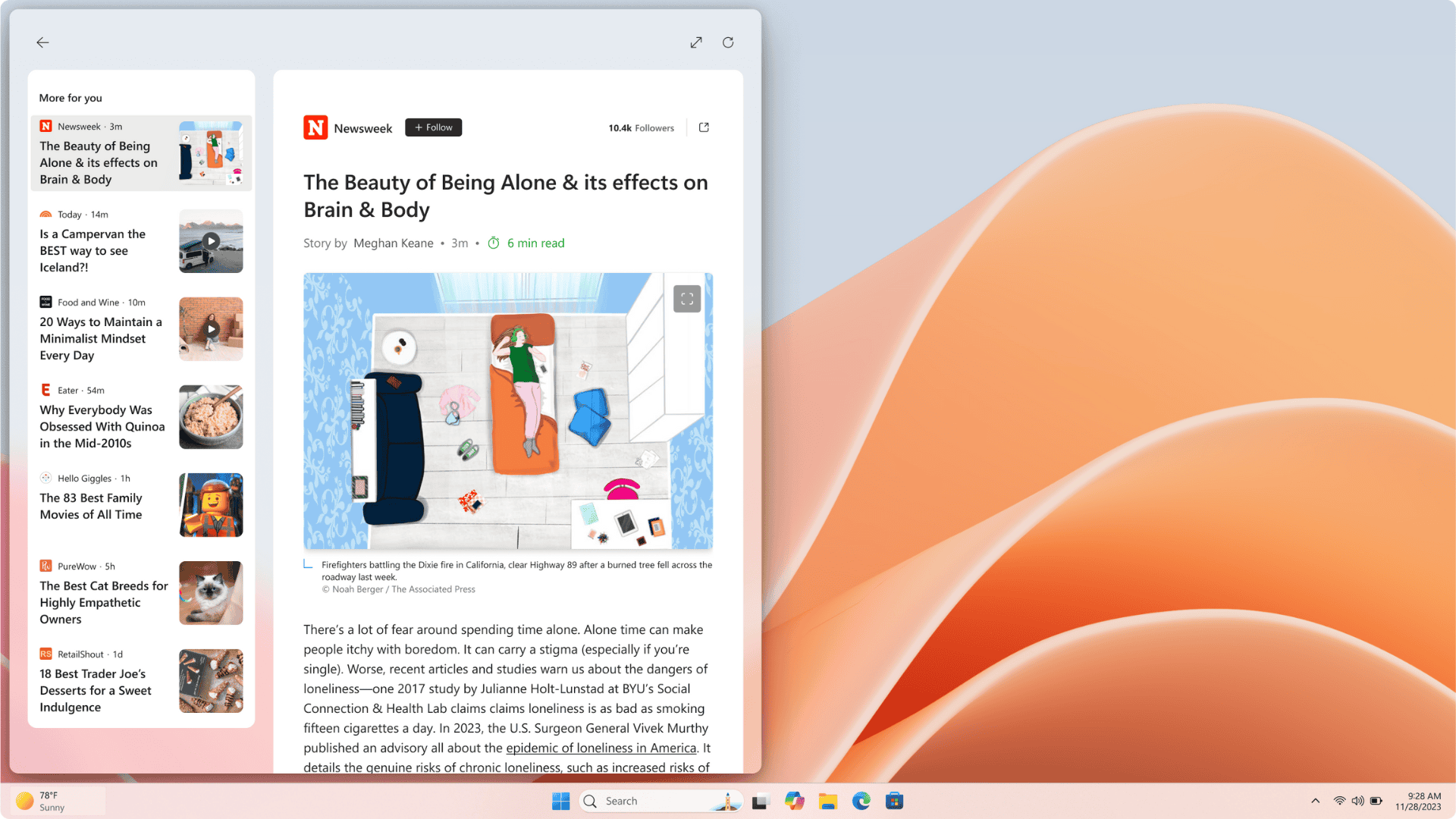
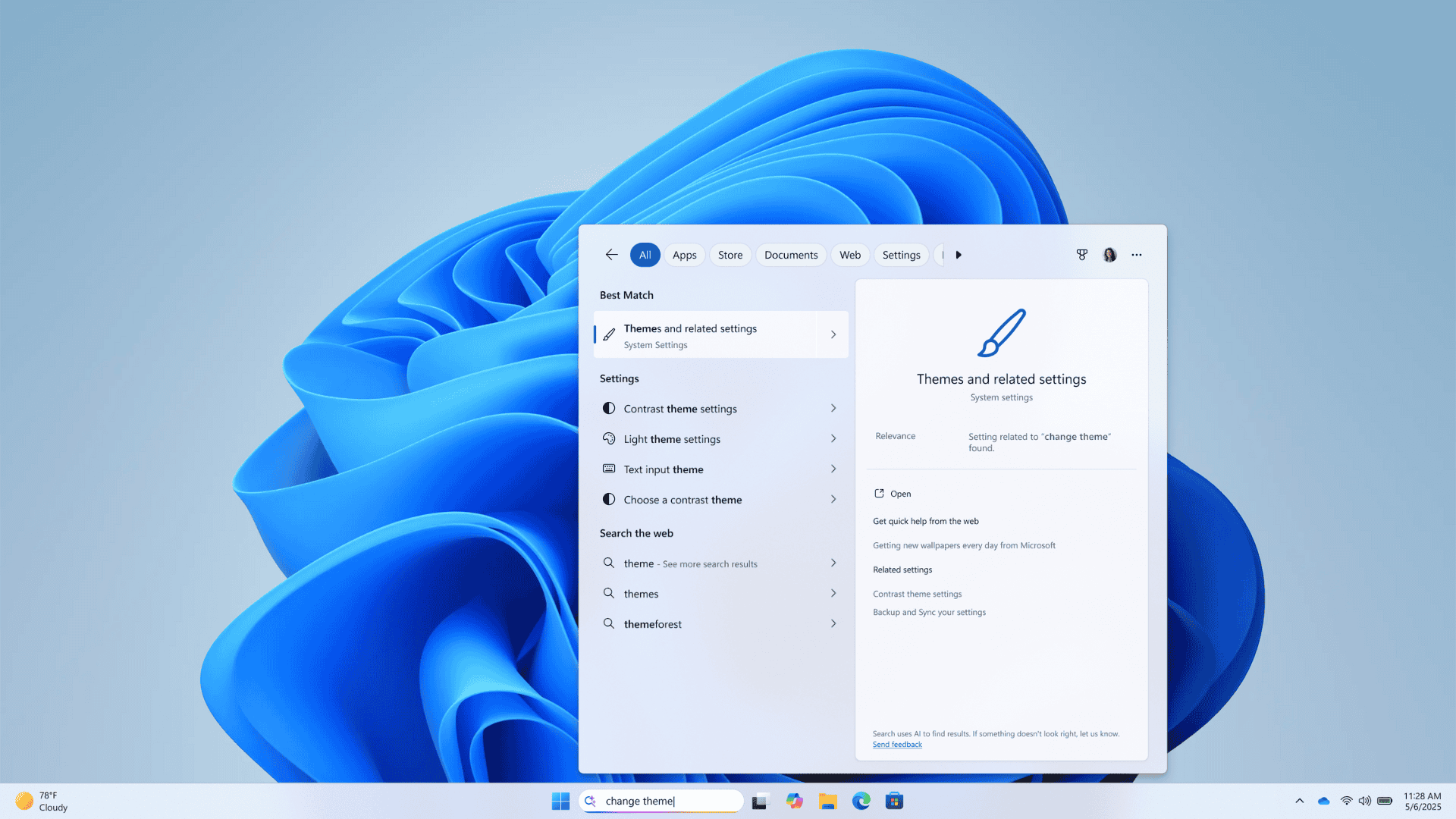
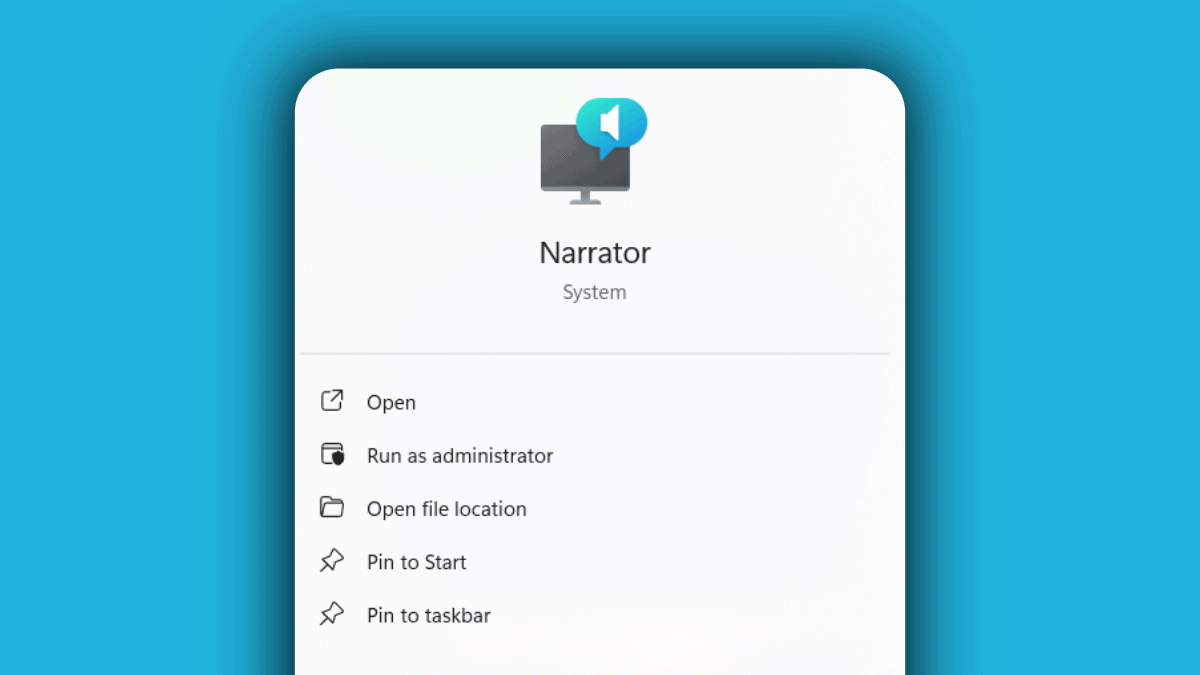
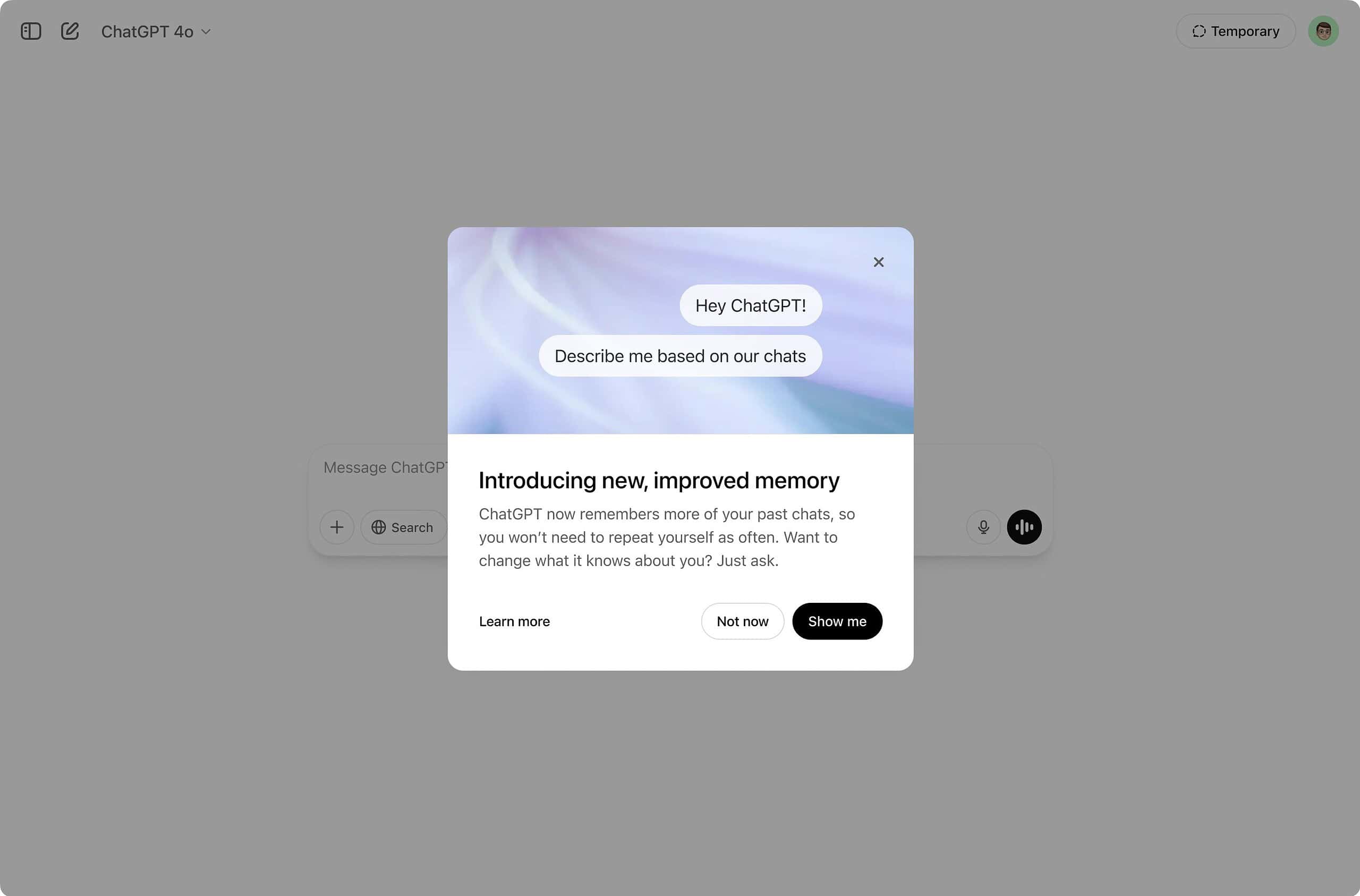
User forum
0 messages